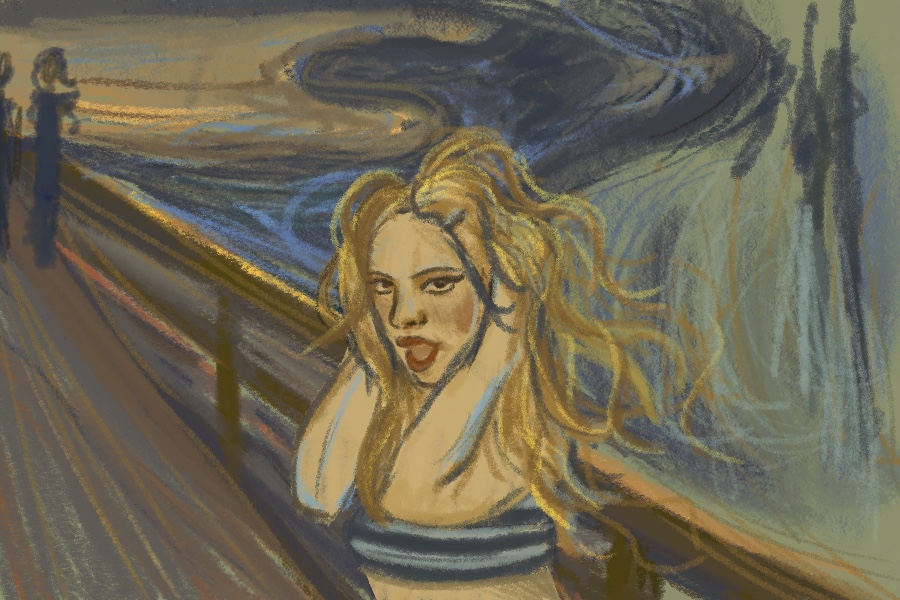“Corporate Animals” is a film without direction or enjoyment. Directed by Patrick Brice, it centers around a mismatched group of coworkers who end up trapped in a New Mexico cave with their sociopathic CEO, Lucy (Demi Moore). Though branded as a clever mix of comedy and horror, “Corporate Animals” is neither. Instead, it relies on cliche, sitcom-style dialogue and gross-out horror, both of which fall utterly flat due to the fact that the film repeatedly opts to tell rather than show.
Almost every line in “Corporate Animals” is exposition. The viewer knows nothing about any of the characters, as they are already on the corporate bonding holiday that results in their subterranean imprisonment from the first frame. The film is almost entirely devoid of plot, which did not necessarily need to be its downfall; it seems as though writer Sam Bain and director Patrick Brice were aiming for something along the lines of Samuel Beckett’s “Waiting for Godot” or even Jean-Paul Sartre’s “No Exit” – ponderations on the farce of man confined to limited sets. The reason “Corporate Animals” fails where these works of literature succeed is its dependence on exposition and its failure to use its characters to build its characters.
There are nine people who end up stuck in the cave, and they fill all the roles necessary for decent sitcom-style comedy, but unfortunately, that is all they are: shallow, half-baked cutouts of standard-fare comedy characters whose names one forgets mere moments after finishing the film. This makes a fine starting point for such a movie, but unfortunately the starting point of “Corporate Animals” is also its end point, because these characters never change or develop. Neither their interactions with one another, nor life-altering traumatic experiences are able to shake these characters from their molds.
Ultimately, the one-dimensionality of the characters in “Corporate Animals” represents a squandered opportunity from which the film is unable to recover. Perhaps the creators were afraid of developing their characters to tell a more meaningful story because the film was pitched as a comedy, or perhaps they misunderstood what makes works like “Waiting for Godot” great. No matter the cause, their shackling of their characters to their descriptions in the dramatis personae forces them to resort to expository dialogue in order to reach feature length.
“Corporate Animals” is utterly vapid, and serves little purpose as a film other than to trap the audience, much like its cast, in a meaningless experience for an hour and a half; if that sounds unappealing, then it’d be best to sit this one out.
Email Nicholas Pabon at [email protected].

























































































































































